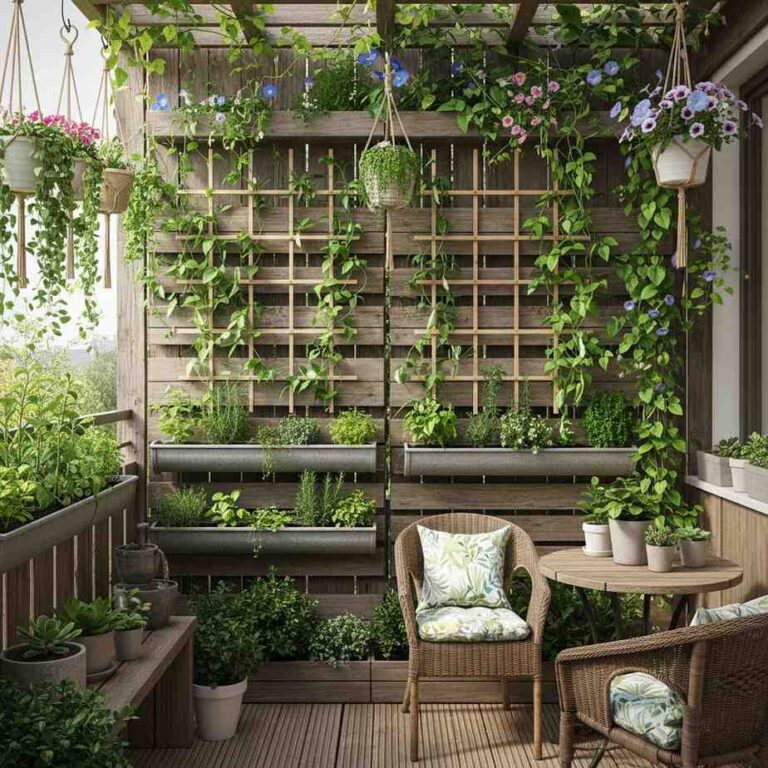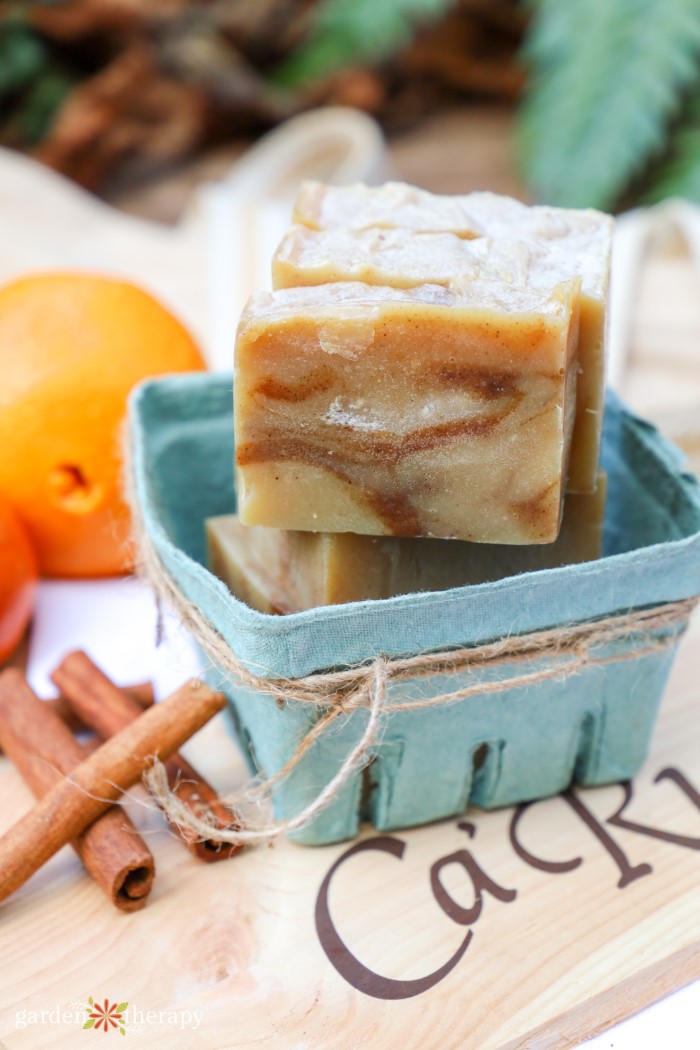January 20, 2025
On our national park tour in Washington last July, we saved Mount Rainier National Park for the last time. Technically, I was the only one who saved it for last, as David had flown in from Texas early in the morning, met up with a climbing group, and used his ice ax to make his way to the top. Thirteen years after our first visit to Mount Rainier after the 2011 Seattle Fling, we visited Mount Rainier together. This time I was at a pre-game for the Puget Sound Fling, proving once again that the annual Garden Fling (held in Memphis this June) is a great opportunity to further explore far-flung areas. .

The 14,410-foot peak of Mount Rainier is an active volcano and the most glaciated mountain in the continental United States.
sunrise area
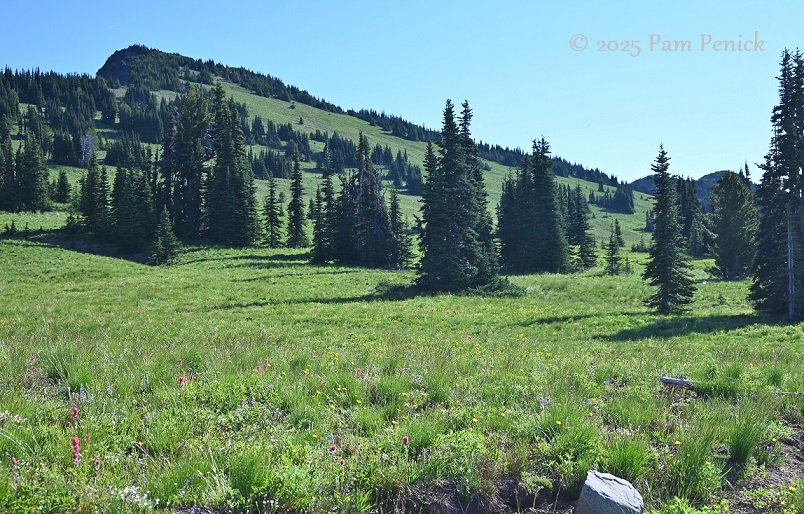
As of 2024, Mount Rainier National Park requires reservations for timed entry permits to access Sunrise Corridor and Paradise Corridor, two popular areas of the park, to reduce crowding. Each corridor requires separate reservations, and we planned two days to see both areas. We explored the Sunrise area on our first day at the park.
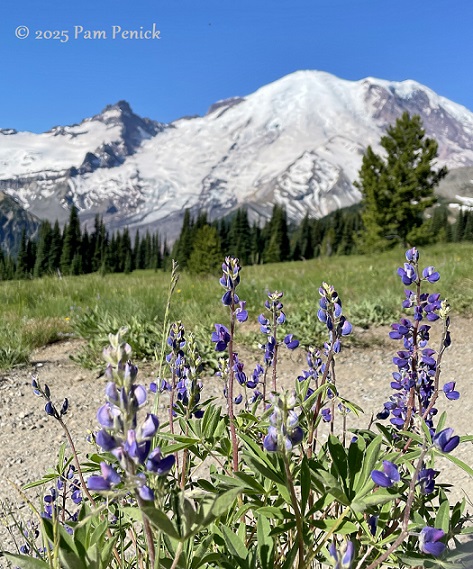
When we first visited in 2011, there were very few wildflowers due to the long winters and cooler-than-usual summers. This time the quantity was plentiful. Broad-leaved lupines were blooming in the meadows and along the mountain trails.
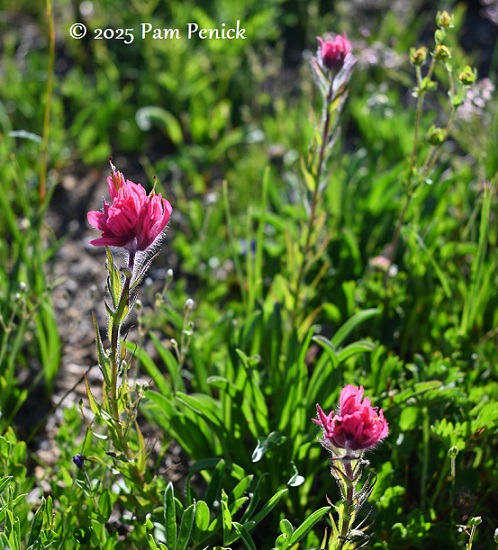
magenta paintbrush too
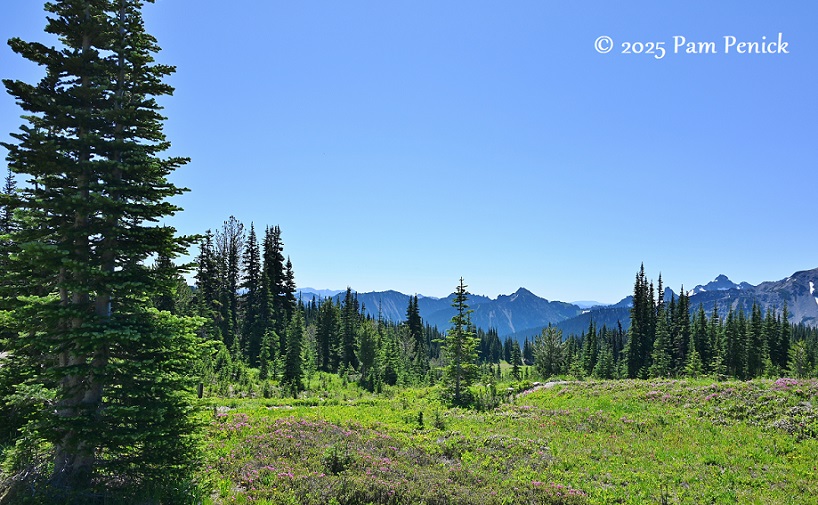
Pink flowers spreading in a meadow full of fir trees
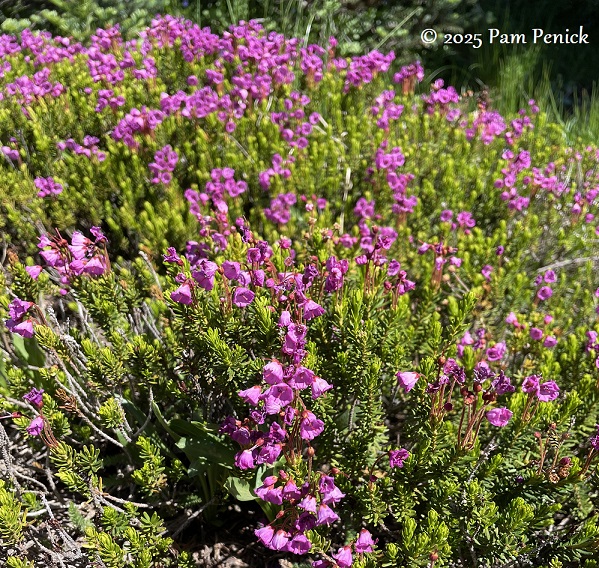
pink mountain heather
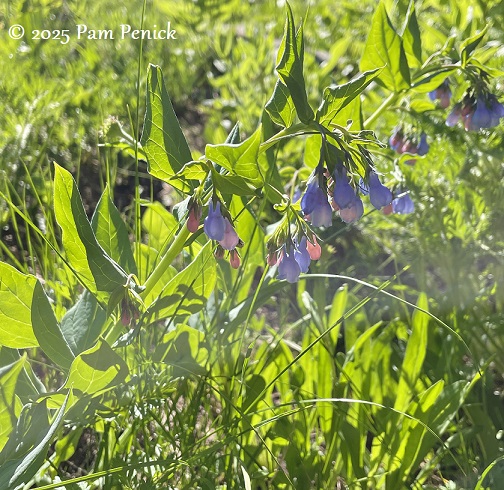
I think it’s a mountain bluebell
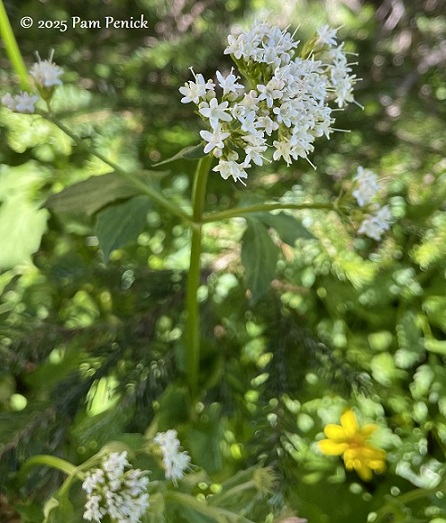
sitka valerian
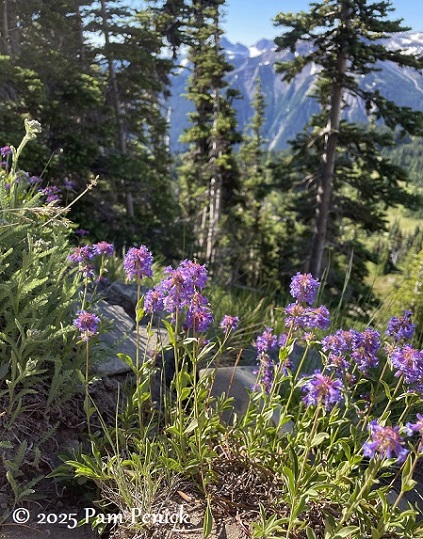
floret penstemon
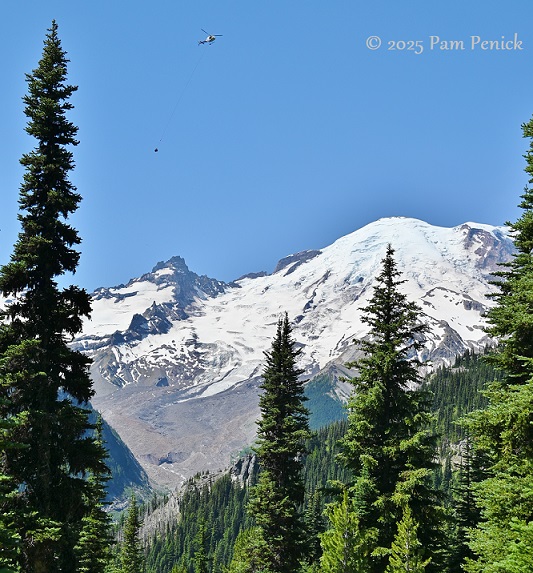
We spotted a helicopter repeatedly passing overhead carrying containers on long tethers. We speculated that it was transporting human waste from a toilet in a remote hole on the mountain. Wow. But it has to go somewhere.
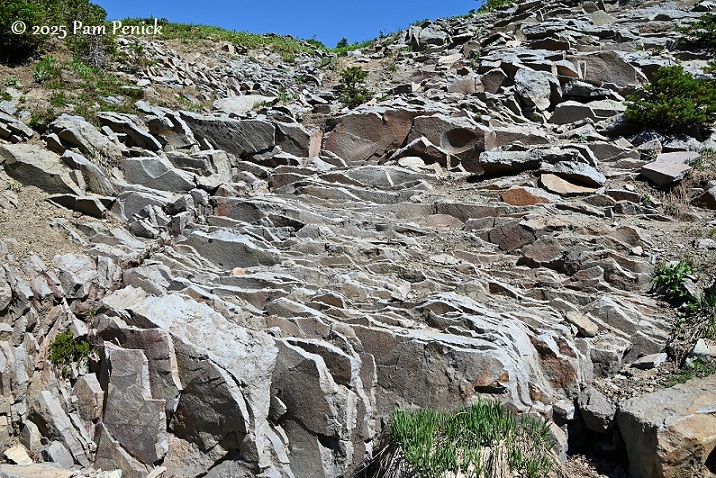
Some of the exposed rock reminded me of crevice gardens I’ve seen in Colorado and Austin. The bones…
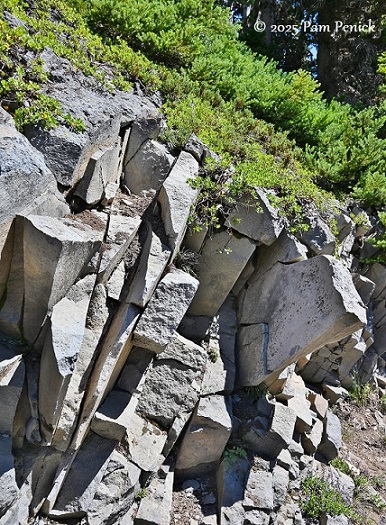
…and living colonization, where plants creep through the cracks.
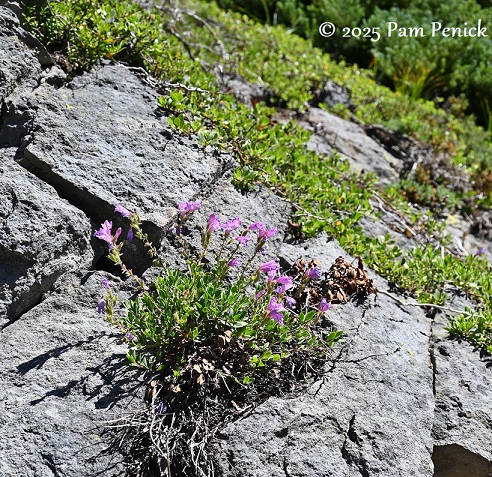
It’s amazing how plants can grow in this narrow pocket of soil on top of a rock slab.
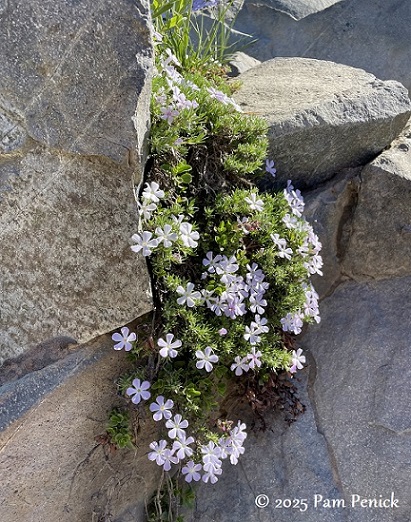
Spread phlox to create a mini hanging garden
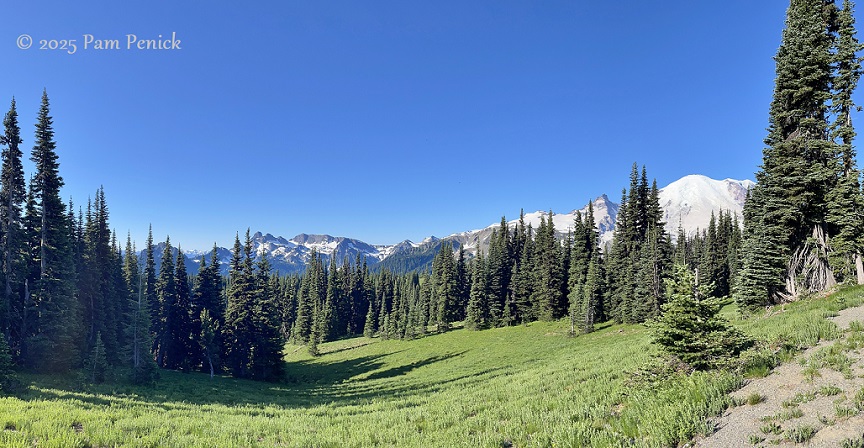
panoramic view
paradise area
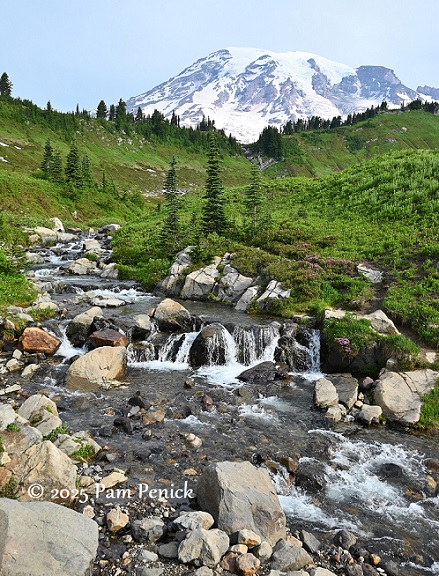
The second day we visited the Paradise Corridor and hiked some trails. Edith Creek creates a beautiful waterfall cascading down from Mount Rainier.
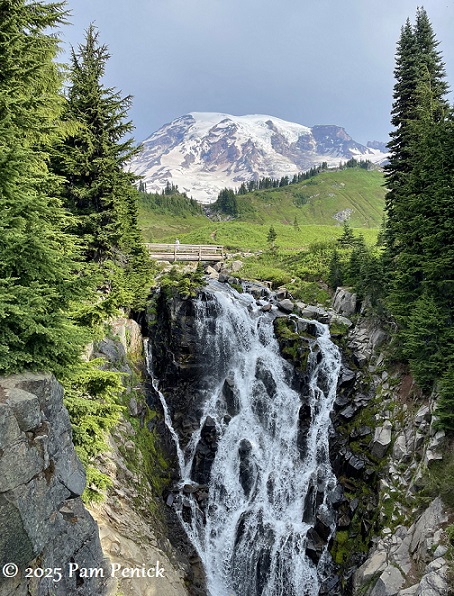
Myrtle Falls offers a more dramatic show.
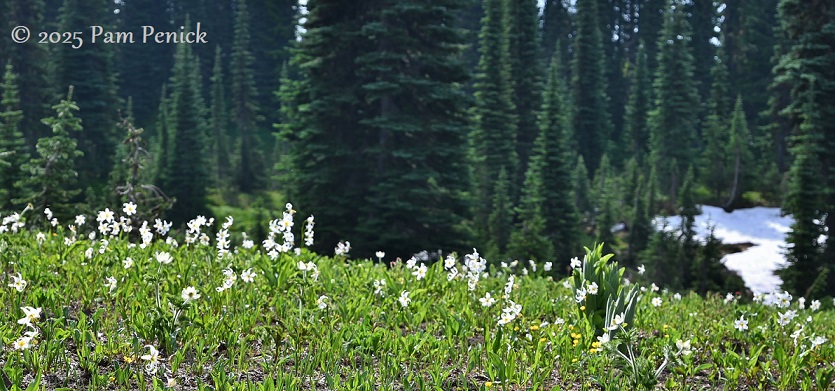
White avalanche lilies danced in the alpine meadow, bobbing their heads to a refreshing tune that only they could hear.
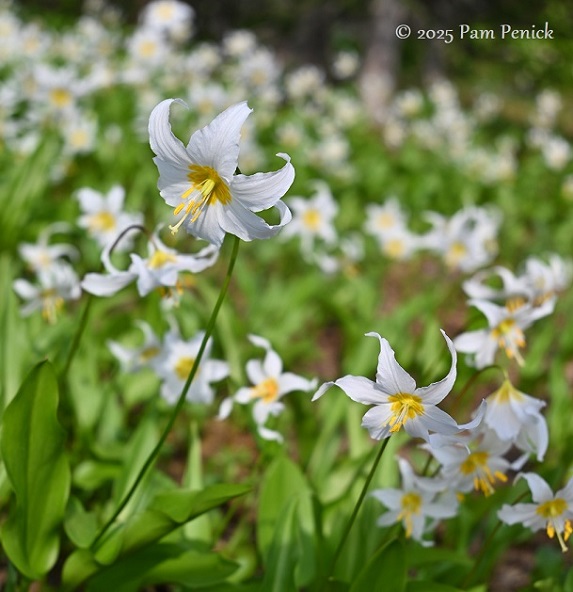
Star-like petals with yellow anthers curve backwards on thin stems.
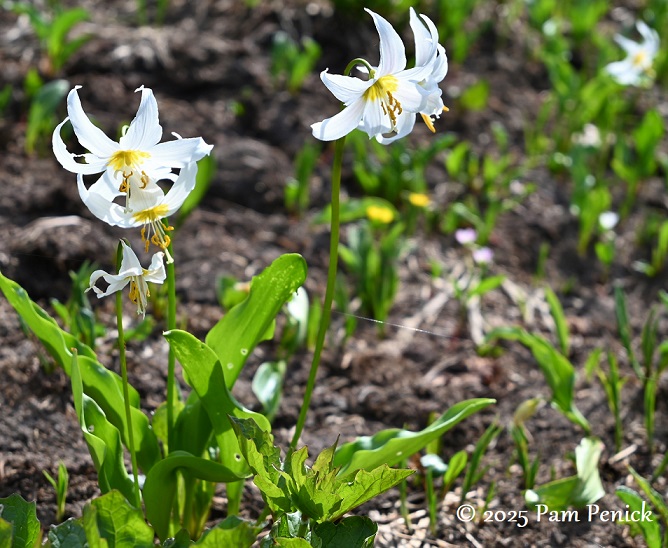
very elegant
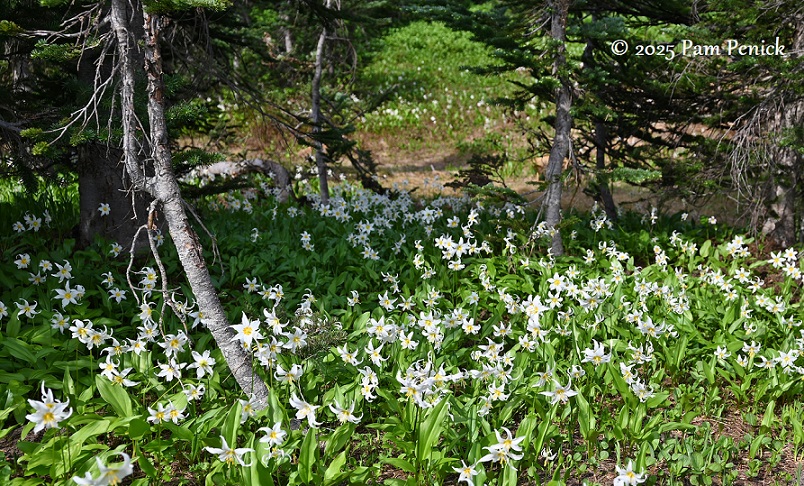
It reminds me of Wordsworth’s poem about the daffodils.
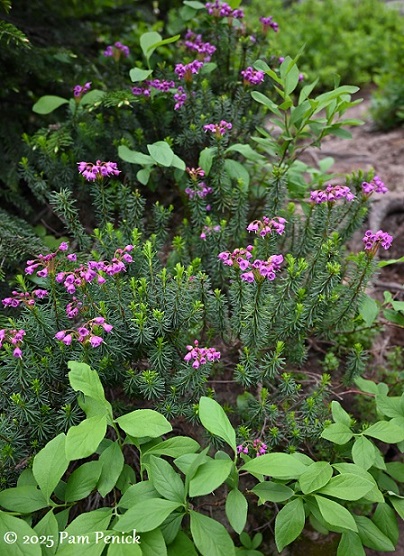
pink mountain heather
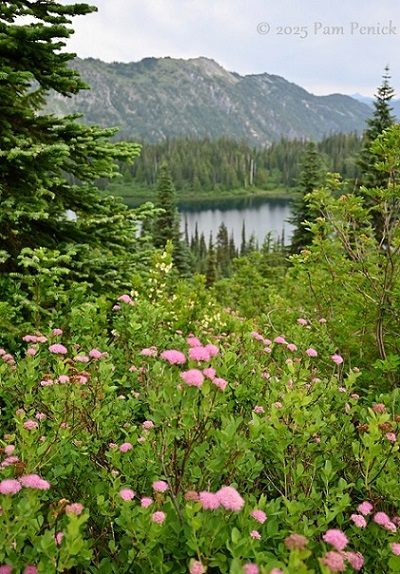
While walking around Lake Louise, I admired the rosy spirea.
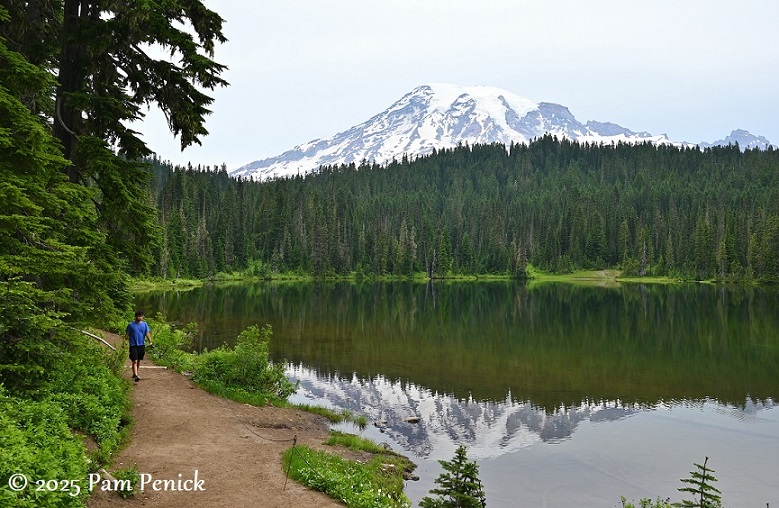
At Reflection Lake, the water doubles the view of majestic Mount Rainier.
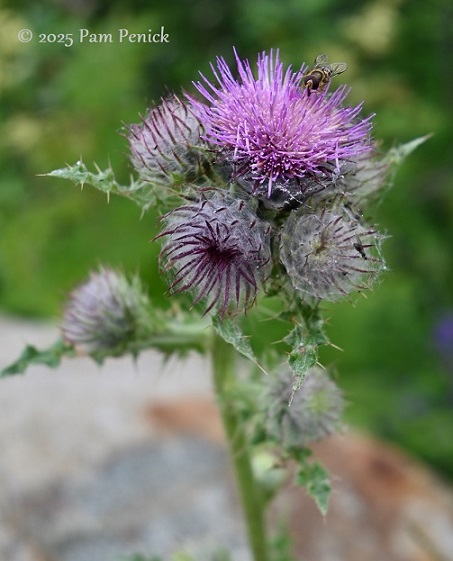
As I got closer, I noticed thistles and flies.
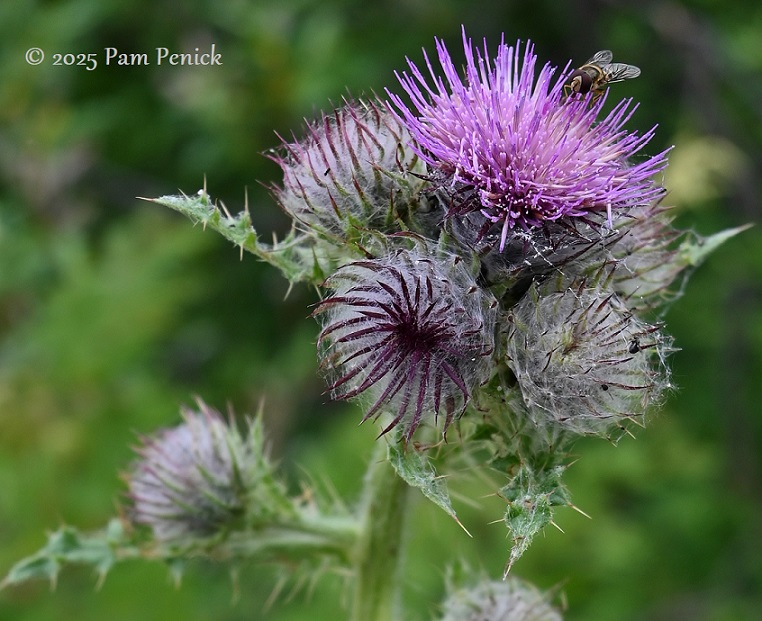
macroscopic world
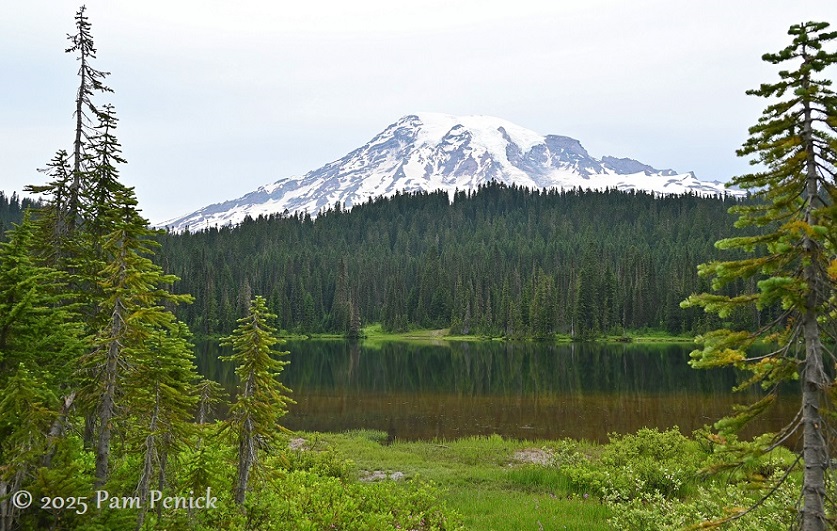
Another reflection lake with no reflection (you need to be in the right place)
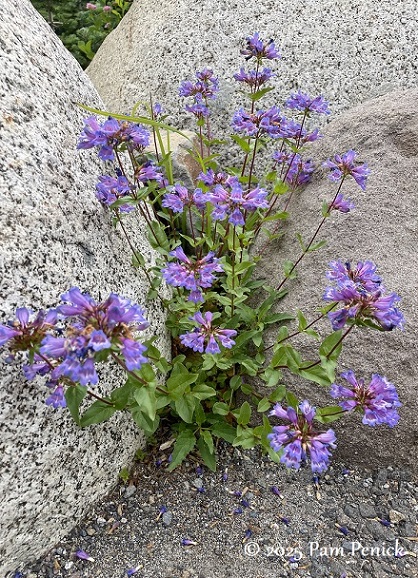
The gravelly soil and rocks along the road create the perfect environment for the small flowering penstemon…
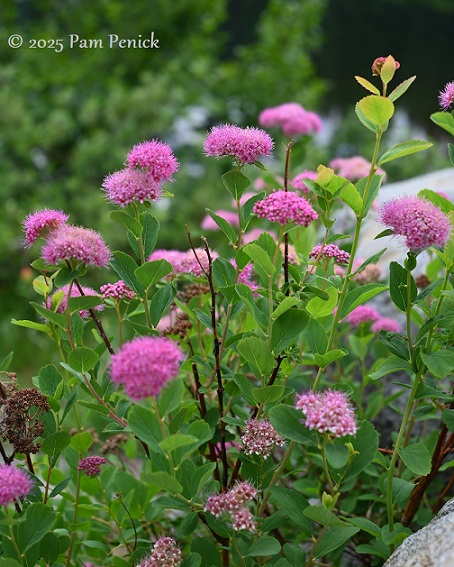
…and even more rosy spirea.
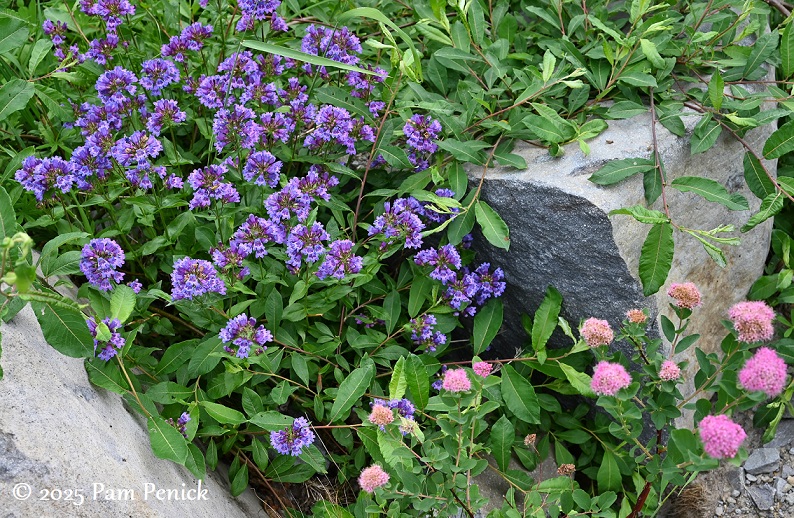
combo
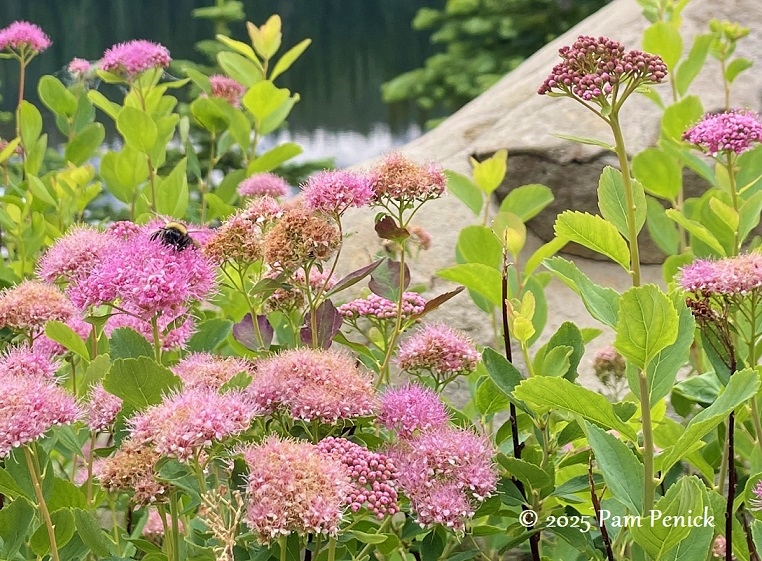
A bumblebee was passing through the spirea.

Spirea and Mount Rainier sky
This concludes our series on Washington’s three national parks. Click here for a look back at Diablo Lake and Rainy Lake in North Cascades National Park.
We look forward to your comments. If you want to keep one, scroll to the end of this post. If you’re reading by email, click here to go to Digging and find the comment box at the end of each post. By the way, someone forwarded this email to you and would you like to subscribe? Click here to get Digging delivered straight to your inbox.
__________________________
dig deeper
Learn about gardening and design with GardenSpark! Several times a year, I host in-person lectures in Austin by inspiring designers, landscape architects, authors, and gardeners. These are attendee-only events that sell out quickly, so join Garden Spark’s email list to be notified in advance. Just click this link and request to be added. Check out the Season 8 lineup here.
All materials © 2024 by Pam Penick for Digging. All rights reserved.




